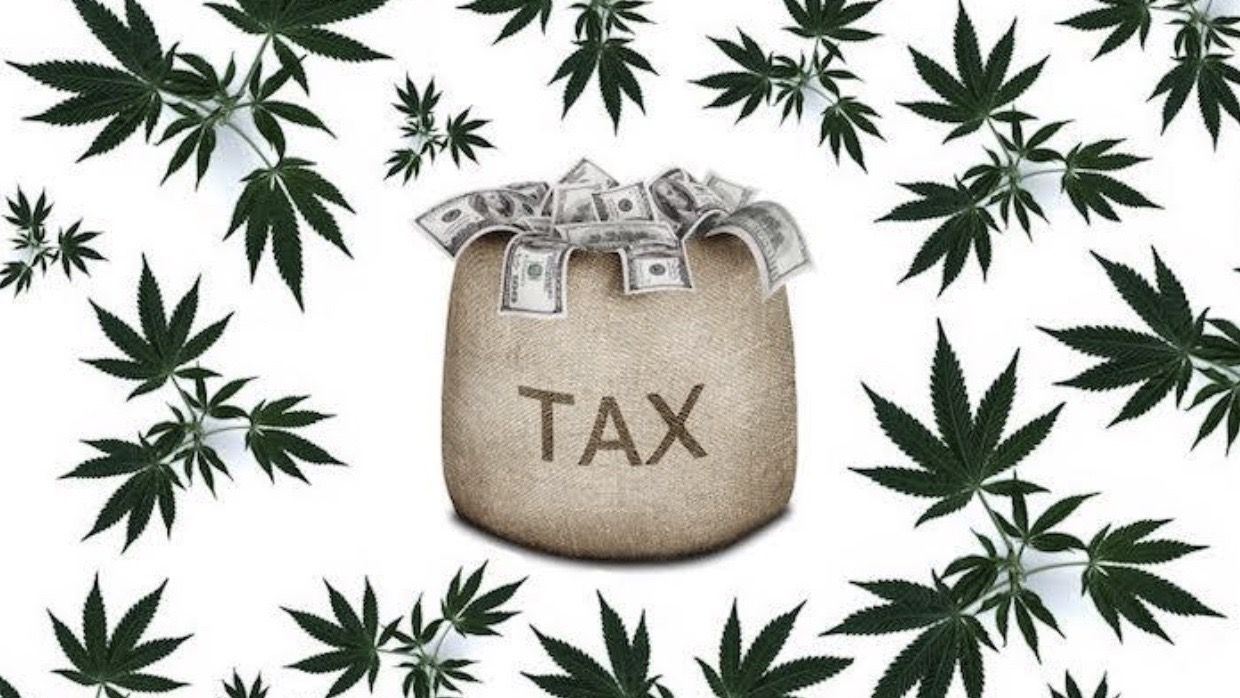
Unraveling the Cannabis Tax Calculation Maze
The cannabis industry is often perceived as a goldmine for tax revenue. However, the taxation structure and rates are far from straightforward, with a labyrinth of complex tax laws and regulations that vary by state and locality. This article aims to provide a comprehensive guide on understanding and calculating cannabis taxes, enabling both consumers and cannabis retailers to navigate this complex terrain seamlessly.
Understanding the Cannabis Tax Landscape
Cannabis taxes can be broadly classified into three categories:
- Excise Tax: This tax is primarily levied on the sale or production of cannabis products. The rate can vary depending on the product’s potency, weight, or price.
- Sales Tax: This is akin to the traditional retail tax and is calculated as a percentage of the purchase price.
- Cultivation Tax: This tax is imposed at the cultivation stage, taxing the growers based on the weight or quantity of cannabis plants they produce.
- Local Tax: Local municipalities may impose additional taxes or fees on cannabis sales or cultivation within their jurisdiction.
Grasping the Cumulative Tax Concept
In some states, taxes are calculated against the gross receipt plus applied taxes, a method known as “cumulative taxes”. This implies that each level of taxable sales is charged to the total sale plus the previous tax amount.
Consider an example:
Let’s say a dispensary has to charge cumulative taxes on a $20 sale, with Excise tax = 10% and Sales tax = 5%.
Here’s how cumulative tax calculation would pan out:
- 10% of $20 = $2.00 (Total = $22)
- 5% of $22 = $1.10 (Total = $23.10)
- 1% of $23.10 = $0.23 (Total = $23.31)
State-by-state Cannabis Tax Rates
Cannabis tax rates vary greatly by location and it is imperative to refer to your state’s official cannabis page or department of revenue to learn the specific requirements.
Calculating Cannabis Taxes: A Practical Example
Let’s consider a dispensary operating in Seattle, Washington that made a cannabis sale with a total product value of $100. Washington cannabis excise tax is 37% and sales tax is 6.5%.
Here’s how the cannabis tax amount would be calculated:
- Excise Tax Amount = Total Sale Amount * Excise Tax Rate = $100 * 0.37 = $37
- Sales Tax Amount = Total Sale Amount * Sales Tax Rate = $100 * 0.065 = $6.50
- Total Taxes = Excise Tax Amount + Sales Tax Amount = $37 + $6.50 = $43.50
- Total Amount Paid by the Customer = Total Sale Amount + Total Taxes = $100 + $43.50 = $143.50
In this example, the customer would pay a total of $143.50 for $100 in cannabis products.
Common Queries about Cannabis Taxes
What does Out-The-Door (OTD) Pricing Mean?
OTD pricing is the total cost a customer pays for a cannabis product, including taxes, fees, and any additional charges. It aims to provide transparency to customers by revealing the full cost before purchase.
Are Dispensaries Liable to Pay Business Tax?
Yes, dispensaries are usually required to pay various types of business taxes, including income tax, excise tax, and other local or state business taxes.
What Tax Exemptions are Available for Dispensaries?
Tax exemptions for dispensaries are relatively limited and vary by jurisdiction. In some cases, medical marijuana dispensaries may be eligible for certain tax exemptions or deductions.
How Does the Government Utilize Cannabis Tax Collections?
State governments outline a framework for utilizing cannabis tax revenue before legalization. The framework varies from state to state, but common allocations include reinvestment into marginalized communities impacted by the War on Drugs, funding for drug prevention, reduction, and education, or public schools.
Conclusion
While taxes in the cannabis industry are higher than most other sectors, they are unavoidable. It is crucial for cannabis retailers to stay aware of the state and local tax rates and requirements and consult with a tax professional to ensure full compliance. In addition, adopting a digital payment solution like PayRio can help boost revenue and enhance the customer experience.
To learn more about PayRio for cannabis, click here.
Important Note
This article is not tax advice. Always consult your accountant or state representative with any tax-related queries.